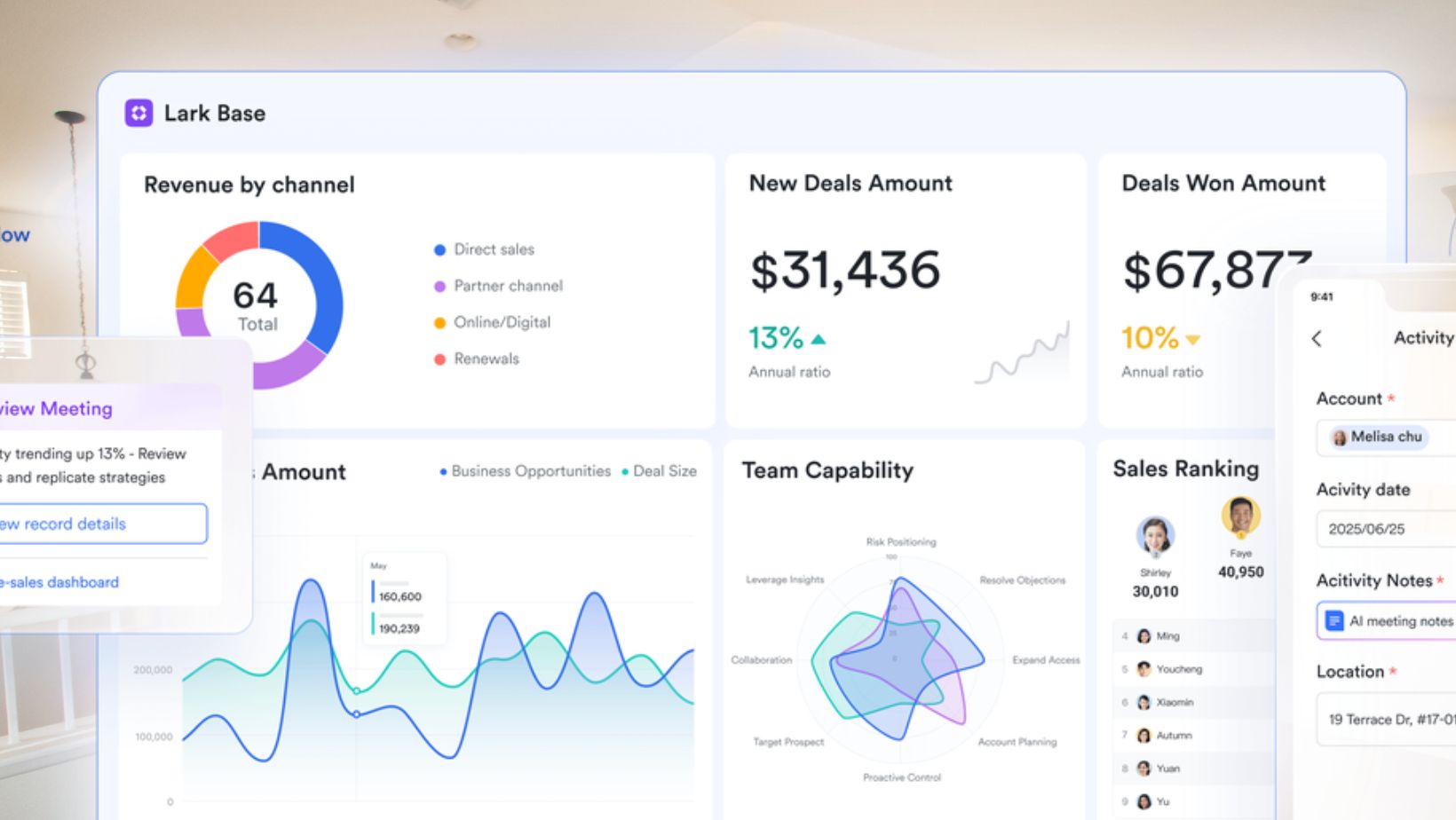
Work is always changing, but lots of systems act like it isn’t. Stiff ways of doing things that were made for when things were predictable often fall apart when change happens fast. They make new ideas take longer, annoy workers, and keep bosses stuck in old ways that don’t work now.
The future is about being able to change how things are done easily. It’s about having systems that can deal with new problems, grow when the company grows, and help people work together even if they’re in different places or time zones. Lark is a good example of this kind of future. It links talking to getting things done and gives companies tools that can be changed without breaking.
Lark Base: Adapting Structure to Scale
Spreadsheets can get messy fast when you’re trying to manage things. As your projects and teams get bigger, those old systems can really break down. Lark Base is different—it gives you structure that can change as you need it.
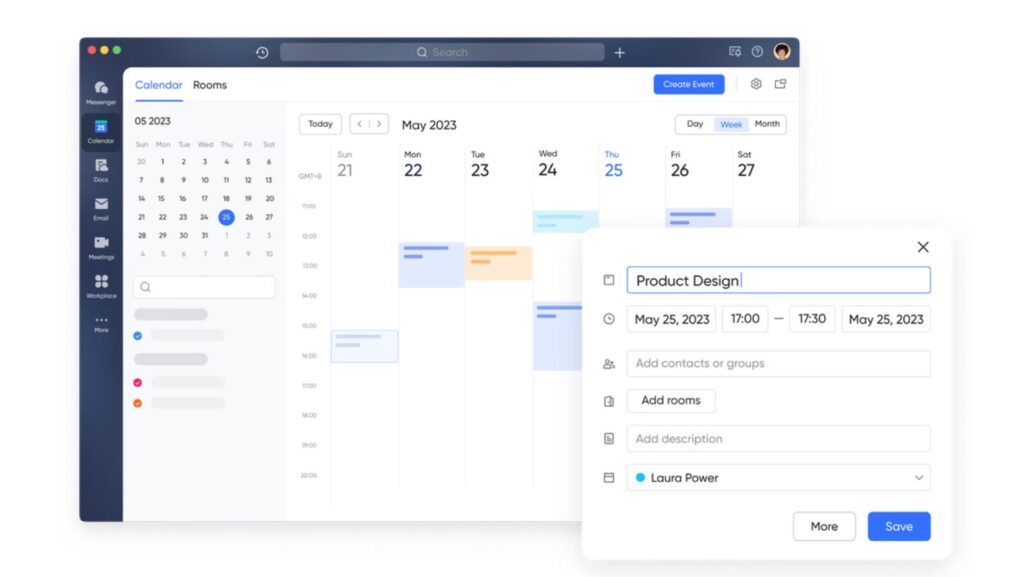
Your team can pick the view that works best, whether it’s kanban, grid, gallery, or Gantt. Managers can see what’s happening in real time with dashboards, and you can track important details with special fields. Plus, it automates boring tasks so things stay simple and everyone knows what they’re responsible for.
For many fast-moving companies, the Lark CRM app operates not just like a tracking sales pipelines but unifying data, people, and processes into one flexible system. Base doesn’t force you to work a certain way; it fits how your team actually works.
Lark Calendar: Shifting with Priorities
Rigid scheduling systems lock teams into patterns that quickly become outdated. Remote and hybrid work demand flexibility—time zones, shifting availability, and evolving priorities. Lark Calendar delivers that flexibility.
Personal and shared calendars make availability visible without compromising privacy. Tasks sync automatically to the calendar, so priorities are reflected in daily schedules. Recurring events adapt to ongoing needs, while external sync keeps Google or Exchange calendars connected.
With Calendar, time isn’t just managed—it’s continuously adjusted to match the pace of change.
Lark Docs: Shaping Ideas in Real Time
Traditional workflows treat documents as static files, finalized before collaboration. This rigidity stifles creativity and slows progress. Lark Docs brings flexibility by making documents living spaces for collaboration.

Real-time co-editing ensures teams work together without version chaos. Version history preserves accuracy while allowing for experimentation. Bi-directional links connect Docs to Wiki, Base, or Slides, so information stays contextual. Embedding Sheets, Slides, or forms keeps supporting data close at hand.
Docs flex with the flow of work: from brainstorming to final strategy, they evolve as teams evolve.
Lark Wiki: Flexible Knowledge that Scales
Rigid documentation often collapses under rapid change. Outdated PDFs and scattered folders leave employees confused and leaders frustrated. Lark Wiki makes knowledge flexible, scalable, and discoverable.
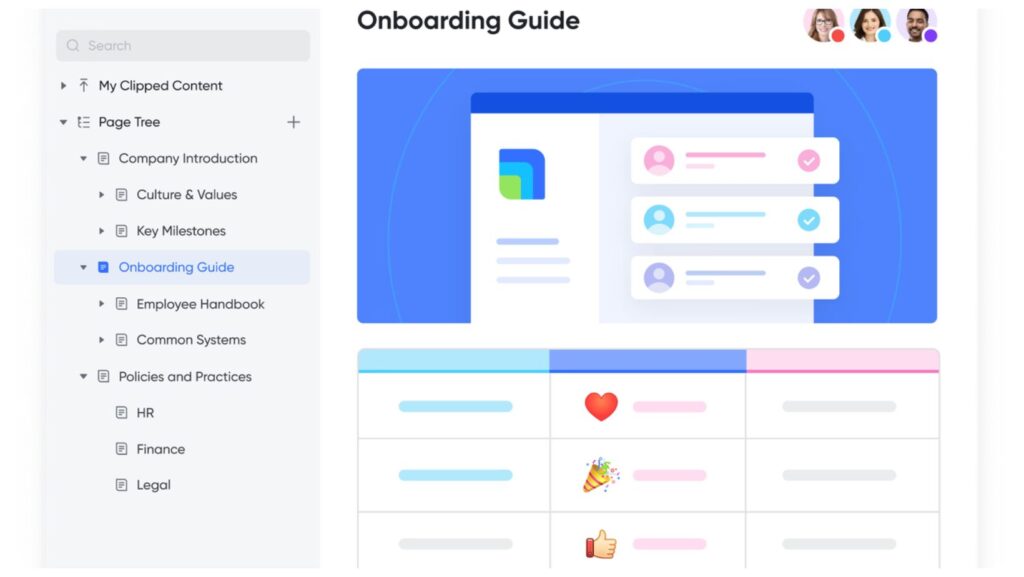
Content is organized in clear hierarchies, searchable in seconds, and protected with permissions where needed. Analytics show which resources matter most, helping teams refine knowledge continuously. Migration tools bring information from older systems into a unified space.
Instead of locking knowledge into rigid files, Wiki builds institutional memory that adapts as organizations grow.
Lark Messenger: Turning Conversations Into Action
In rigid workflows, communication and action exist in separate worlds. Teams talk in one system but execute in another, leaving gaps where momentum is lost. Lark Messenger bridges that divide.
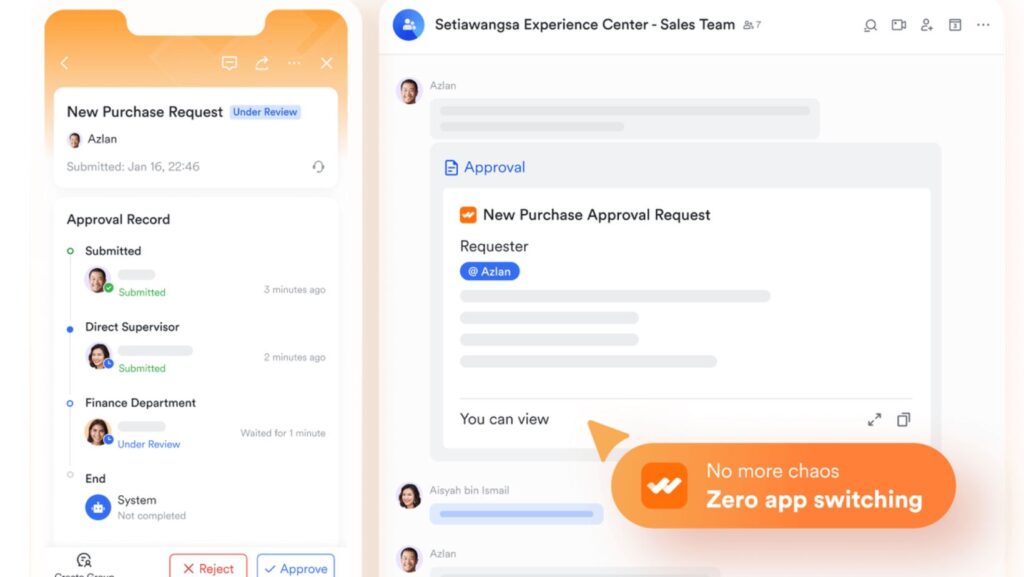
Conversations remain flexible and organized with threaded replies, while Buzz alerts and pinned messages keep priorities visible. Importantly, a decision in Messenger can instantly become a task, Calendar event, or shared Doc.
Messenger flexes communication into execution, ensuring that ideas don’t fade—they turn into outcomes.
Lark Approval: Automating Decisions Without Delay
Rigid approval systems are notorious for slowing work. A request sits in an inbox for days, routing rules don’t fit real-world cases, and deadlines slip. Lark Approval removes rigidity by combining structure with speed.
Custom forms ensure requests are submitted with the right details. Conditional workflows automatically route approvals to the right people, while notifications in Messenger keep progress visible. Every decision syncs with Base, leaving a clear record for accountability.
By enabling an automated workflow, Approval ensures decisions aren’t a bottleneck but a natural part of the flow of work.
Lark OKR: Aligning Without Rigidity
Strategic alignment is often treated as rigid planning—objectives are set annually and rarely revisited. But in fast-changing markets, this rigidity creates misalignment. Lark OKR brings flexibility to alignment.
Objectives can be set at organizational, team, and individual levels, and adjusted as conditions shift. Dashboards update automatically, giving leaders visibility without endless status checks. Automated reminders ensure goals don’t get lost in the noise of daily work.
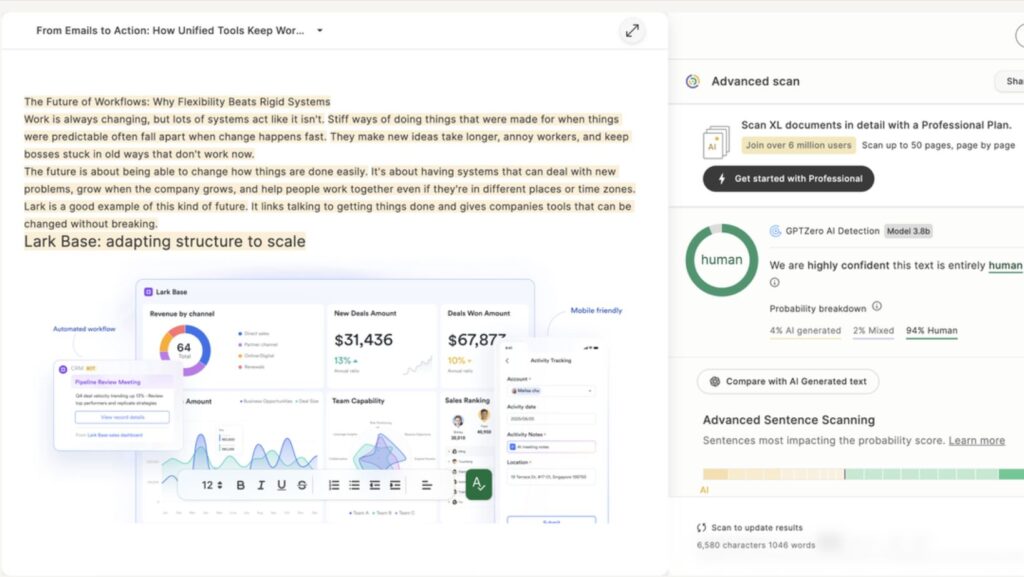
With OKR, alignment is continuous, not static—flexible goals that evolve with strategy.
Conclusion: The Flexible Future of Workflows
Rigid systems once made sense in predictable environments. Today, they’re liabilities. Companies that rely on inflexible workflows risk losing speed, innovation, and talent. Flexibility, on the other hand, makes teams resilient.
Lark embodies this future of work. Base adapts to projects, Calendar shifts with schedules, Docs and Wiki evolve with knowledge, Messenger connects talk to action, Approval clears decisions, and OKR aligns goals without rigidity. Together, these features create workflows that grow and flex alongside organizations.
In a crowded field of project management tools, Lark stands apart because it doesn’t force teams into rigid patterns. It offers a connected system where workflows bend with change instead of breaking under it.







